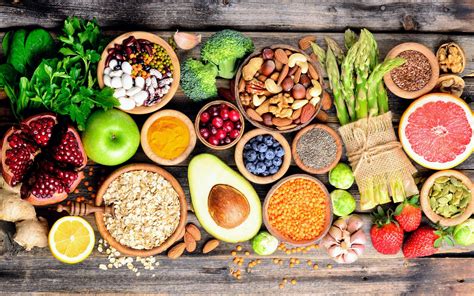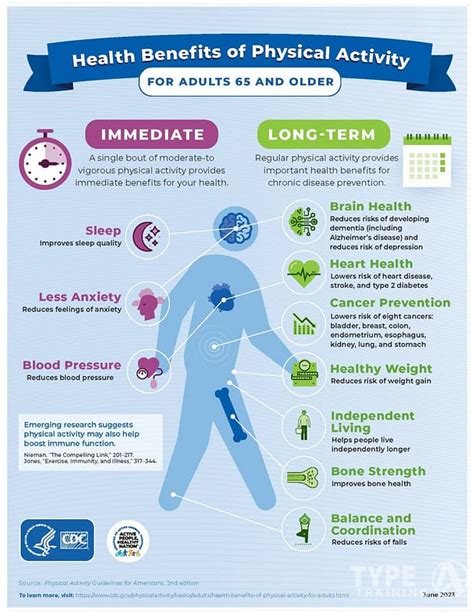Intro
Lower blood sugar levels with 5 ways to reduce glucose, including diet, exercise, and stress management, to control diabetes and improve insulin sensitivity naturally.
Reducing glucose levels is crucial for individuals with diabetes or those at risk of developing the condition. High glucose levels can lead to a range of health complications, including heart disease, kidney damage, and nerve damage. Fortunately, there are several ways to reduce glucose levels, and making a few simple lifestyle changes can have a significant impact. In this article, we will explore five ways to reduce glucose levels, including dietary changes, physical activity, stress management, and supplements.
The importance of managing glucose levels cannot be overstated. When glucose levels are too high, the body's cells are unable to function properly, leading to a range of symptoms, including fatigue, thirst, and blurred vision. If left unmanaged, high glucose levels can lead to serious health complications, including diabetic ketoacidosis, a life-threatening condition that occurs when the body produces high levels of blood acids called ketones. By making a few simple lifestyle changes, individuals can reduce their glucose levels and improve their overall health.
One of the most effective ways to reduce glucose levels is through dietary changes. Eating a healthy, balanced diet that is low in sugar and refined carbohydrates can help regulate glucose levels. Foods that are high in fiber, such as fruits, vegetables, and whole grains, can also help slow the absorption of sugar into the bloodstream, reducing the risk of spikes in glucose levels. Additionally, drinking plenty of water and limiting sugary drinks can also help reduce glucose levels. By making a few simple changes to their diet, individuals can significantly reduce their glucose levels and improve their overall health.
Understanding Glucose Reduction

Benefits of Reducing Glucose Levels
Reducing glucose levels can have a range of benefits, including improving overall health, reducing the risk of health complications, and increasing energy levels. When glucose levels are well-managed, the body's cells are able to function properly, leading to improved physical and mental health. Additionally, reducing glucose levels can also help individuals lose weight, as high glucose levels can lead to increased hunger and cravings for sugary foods. By making a few simple lifestyle changes, individuals can reduce their glucose levels and improve their overall health and wellbeing.Dietary Changes for Glucose Reduction

Foods to Avoid for Glucose Reduction
In addition to eating foods that help reduce glucose levels, it is also essential to avoid foods that can cause spikes in glucose levels. Some of the worst foods for glucose levels include: * Sugary drinks, such as soda and sports drinks * Refined carbohydrates, such as white bread and pasta * Processed meats, such as hot dogs and sausages * Fried foods, such as french fries and fried chicken * High-sugar snacks, such as candy and cookiesPhysical Activity for Glucose Reduction

Stress Management for Glucose Reduction
Stress can also play a role in glucose levels, as it can cause the body to produce more cortisol, a hormone that can raise glucose levels. Engaging in stress-reducing activities, such as meditation and deep breathing, can help reduce glucose levels. Some of the best stress-reducing activities for glucose reduction include: * Mindfulness meditation * Yoga and tai chi * Deep breathing exercises * Progressive muscle relaxation * Journaling and writingSupplements for Glucose Reduction

Monitoring Glucose Levels
Monitoring glucose levels is essential for managing diabetes and reducing the risk of health complications. There are several ways to monitor glucose levels, including: * Fasting glucose tests, which measure glucose levels after an overnight fast * Oral glucose tolerance tests, which measure glucose levels after consuming a sugary drink * Random glucose tests, which measure glucose levels at any time of day * Continuous glucose monitoring (CGM) systems, which measure glucose levels throughout the dayWhat are the symptoms of high glucose levels?
+The symptoms of high glucose levels include fatigue, thirst, blurred vision, and frequent urination.
How can I reduce my glucose levels naturally?
+You can reduce your glucose levels naturally by eating a healthy, balanced diet, engaging in regular physical activity, and managing stress.
What are the benefits of reducing glucose levels?
+The benefits of reducing glucose levels include improving overall health, reducing the risk of health complications, and increasing energy levels.
In conclusion, reducing glucose levels is crucial for managing diabetes and reducing the risk of health complications. By making a few simple lifestyle changes, including dietary changes, physical activity, stress management, and supplements, individuals can significantly reduce their glucose levels and improve their overall health. Remember to monitor your glucose levels regularly and consult with a healthcare professional before making any significant changes to your lifestyle. By taking control of your glucose levels, you can improve your overall health and wellbeing, and reduce the risk of serious health complications. We invite you to share your thoughts and experiences on reducing glucose levels in the comments below, and to share this article with anyone who may benefit from this information.
